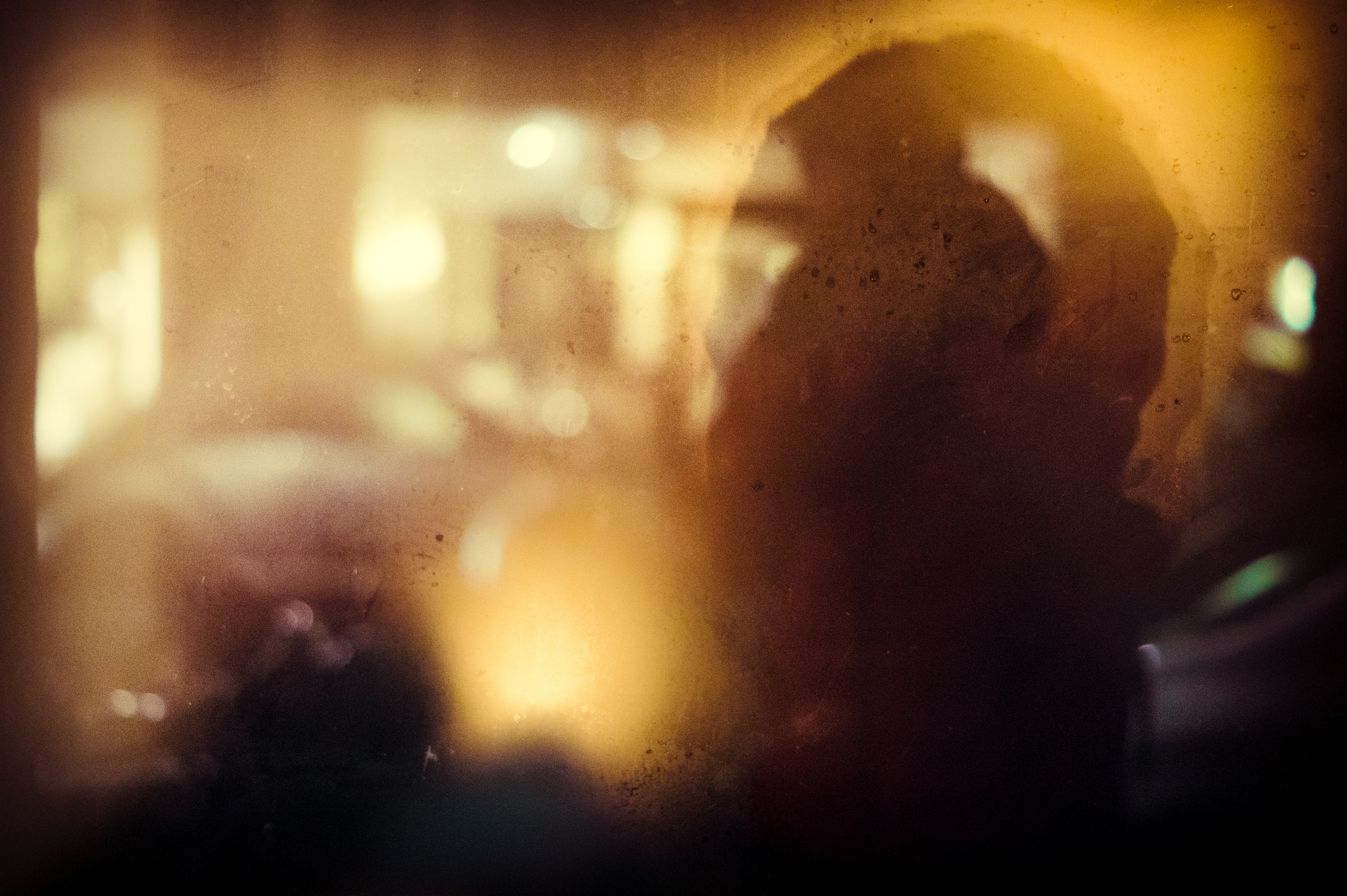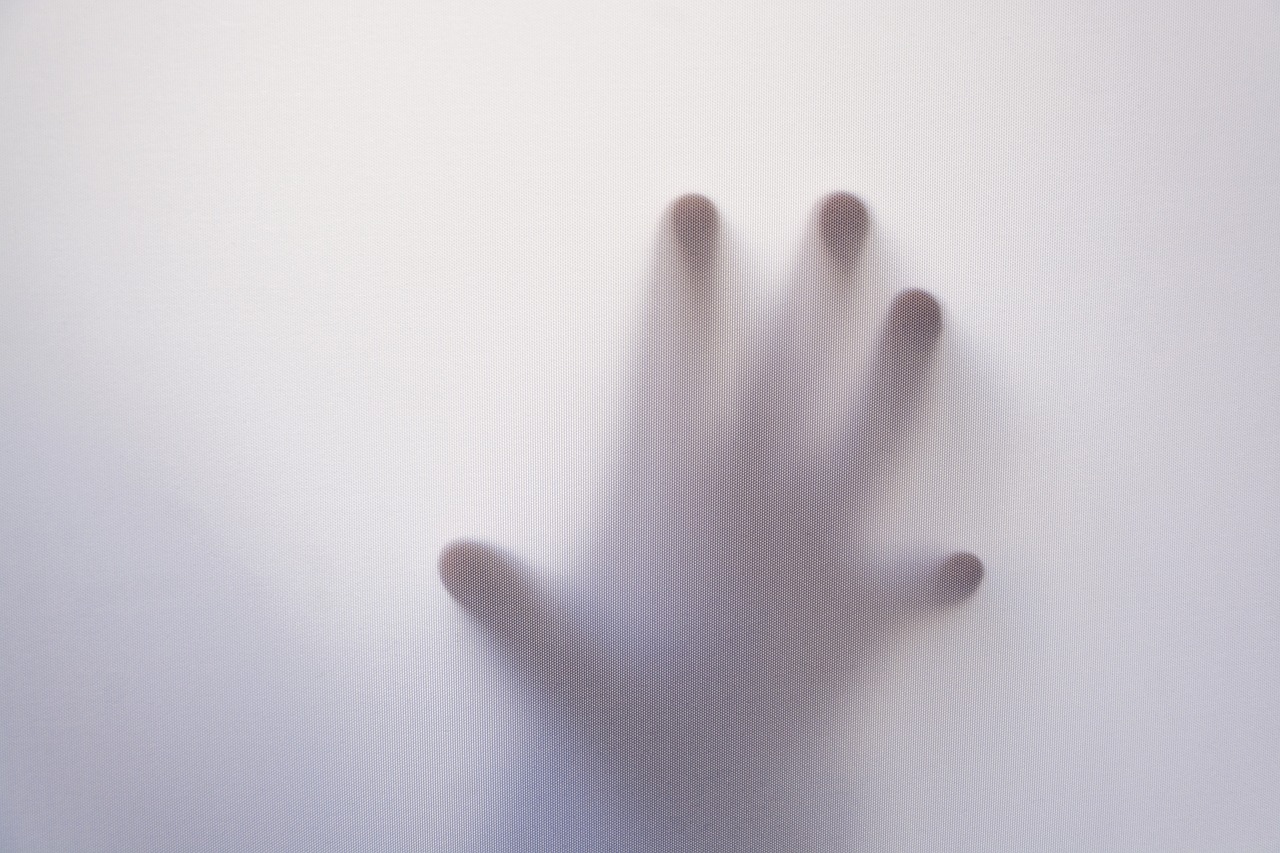Amy Bilodeau
Use second person so the reader is fully immersed. Think of your worst ex. Not the one who refused to clean toilets and accused your little brother of stealing his pot, but the one who slept with your best friend and called your mom an infamous whore—he loved the word infamous. Imagine him dead. It doesn’t matter how he died. Maybe poisoned by your ex-best friend when she realized he didn’t really own the horse he seduced her with, letting her ride it around the field behind your old house. Now make it a winter evening at the public library, with gray light bathing the shelves of dusty books and the homeless man sitting in the blue chair by the window. Mention how quiet it is with no one left but the willowy librarian in lilac glasses and a loose-knit homemade sweater and the homeless man drumming his fingers on his knees and nodding in the blue chair. Make it eerie and beautiful as an abandoned old church with stained glass windows. The reader likes pretty and eerie. Mention that your ex-boyfriend’s favorite book was The Turn of the Screw. Or maybe this was a lie he told to impress you, to seem literary and deep, like the horse facts he rattled off charmingly to your ex-best friend when he wanted to get in her pants. Have the reader stand in a deserted aisle between Ja-Ju and Ju-Ki, where the silence feels heavy and ominous, so it seems as if something is always about to round the corner and grab them. Wind the clock forward to closing time. The librarian’s sensible shoes thud softly on the floor as she gently encourages the homeless man toward the automatic doors, handing him the apple she didn’t eat at lunch. She locks the doors behind them. The library is empty and dark. Just the silent stacks and what little moonlight reaches books Ja-Ki. Moonlight is useful here, being both lovely and haunting, if a bit cliché. Let the reader realize they have stood in the quiet rows of books too long. It is too late to get out; they are completely alone. Then give the reader a moment to become aware that they are not actually alone. Your ex-boyfriend is there, disembodied at first, just a soft moaning seeping between the shelves and brushing the back of the reader’s bare neck. Then he is there as light, as the luminous almost-face and blurred form you saw in a scary movie as a child, his diaphanous hair intentionally mussed, as it was in life. Make him hover and drift slowly closer and closer, moaning softly and now reaching out, pale translucent fingers extended. Make him reach and drift until he is just before the face of the frozen, panicked reader, until he is reaching around, groaning and nudging the reader out of the way with his now nearly-corporeal limbs, until his spectral fingers are touching the dark binding of Henry James, though he is not quite solid enough to grasp it, and you and the reader both realize that he only wanted his favorite book, to read it one more time. And the fact that he didn’t lie about this makes you suddenly forgive him for sleeping with your best friend, for calling your mom an infamous whore. You are almost sorry that he was poisoned for rattling off false facts about your old neighbor’s horse. You are almost sorry you made him your ghost.
Amy Bilodeau’s work has appeared in Sweet and Pacific Review. She lives and writes in Bloomington, Indiana.




